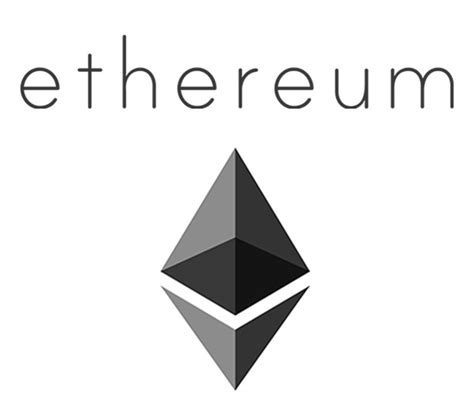Your cart is currently empty!
Ethereum: How does one calculate the profitability of GPU mining?
Profit Calculation: Ethereum Mining with Graphic Processors
The rise of the Ethereum Network network has brought a new era to cryptocurrency enthusiasts, but also represents an opportunity for those interested in mining to join the lucrative lines. However, when CPU mining became less viable, alternative mining hardware appeared that became the site. One of these alternatives is the use of Specialized Mining Kits Graphic Processing Units (GPU).
In this article, we will examine how to calculate the profitability of GPU mining in Ethereum and other cryptographs.
Understanding the fundamentals
For starters, it is necessary to understand the basics of cryptocurrency mining. Mining includes the verification of transactions on the blockchain network and the addition of new transaction blocks to the book. This process requires significant computational force that is usually provided by specialized hardware, such as GPU or integrated application circuits (ASIC).
GPUs are designed for parallel processing, making it ideal for tasks such as matrix operations and scientific simulations. However, the Ethereum mining algorithm depends on work evidence (POW), where miners compete to solve a complex Mathematical Cabeça to verify transactions.
Calculation of profitability
To calculate the profitability of GPU mining in Ethereum, we must consider several factors:
- Thanks to the highest level of difficulty, mining is more profitable.
- The highest hash increases profitability.
- Block reward : The amount of cryptocurrency rewarded by miners in each block is fixed and usually around 6.25 ETH (Ethereum).
- Energy Consumption : The energy needed to boost the mining kit affects profitability. Lower costs can increase profitable margins.
Using these factors, we can calculate the miners per hour or day using various formulas. Here are some examples:
Example 1: Easy calculation
Suppose a GPU with a speed from hash to 100 th/s (hash tera for a second) and a difficulty load of 10^15. The reward for the block is 6.25 et.
Profit per hour = (2^31 – 1) / 4 x (6.25 eth / 1 et) x 24 hours
= $ 14.17
Profit per day = $ 14.17 $ 365 days
= $ 5 144.15
Example 2: More complicated calculation
Suppose ASIC with hash at 100 th/s and mining mining 10^16. The reward of the block is 6.25 eth.
Profit per hour = (2^31 – 1) / 4 x (6.25 eth / 1 et) x 24 hours
= $ 14.17
However, profit calculation is becoming more complex when considering other factors, such as energy costs and maintenance time.
Energy cost
Energy kit consumption affects profitability. Let’s assume an average cost of 0.05 kWh per hour to produce electricity for GPU or Asic. Total time costs would be:
GPU: $ 2.31
Asic: US $ 7.45
Maintenance spent
A more realistic scenario is considering the maintenance time, which may vary from a few hours to a few days, depending on the complexity of the extraction configuration.
Assuming that the average 24 -hour maintenance time (conservative estimate) can be multiplied by a 12 factor to take into account annual expenses:
GPU: 2.31 x 0.25 = $ 0.58
Asic: 7.45 x 0.33 = $ 2.44
Conclusion

The calculation of GPU profitability in Ethereum includes the consideration of several factors, including mining difficulties, hash rate, block remuneration and energy cost. By using multiple formulas and taking additional expenses into consideration, such as maintenance time, we can achieve a more realistic estimate of the miners.
Leave a Reply